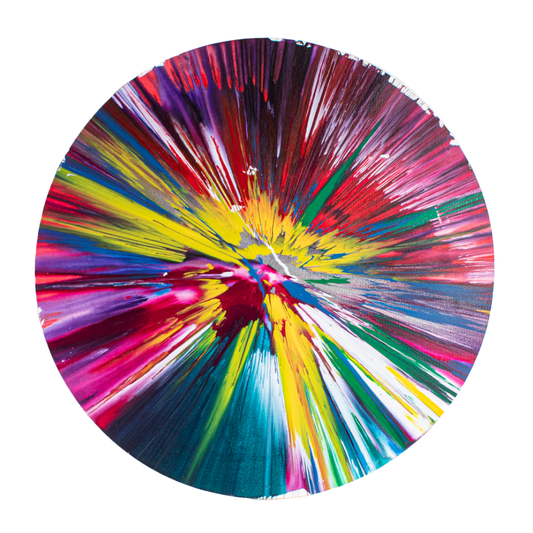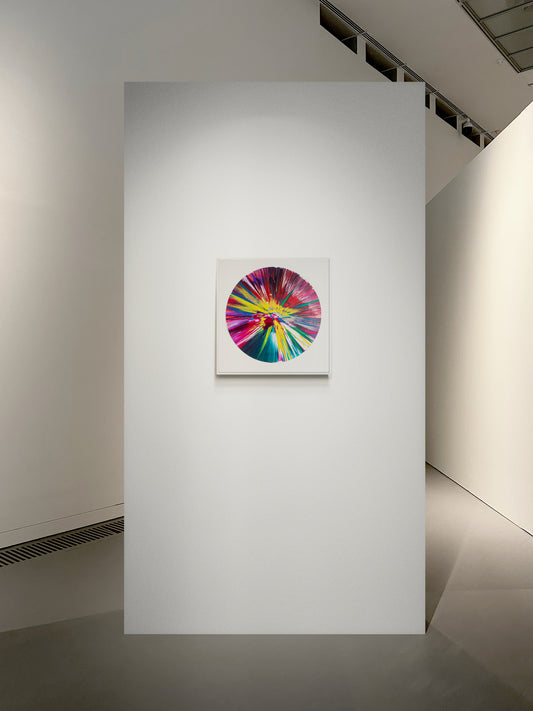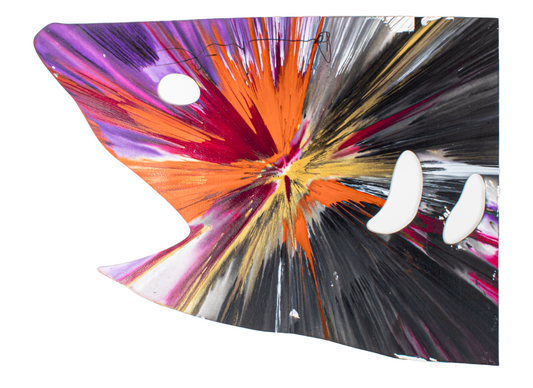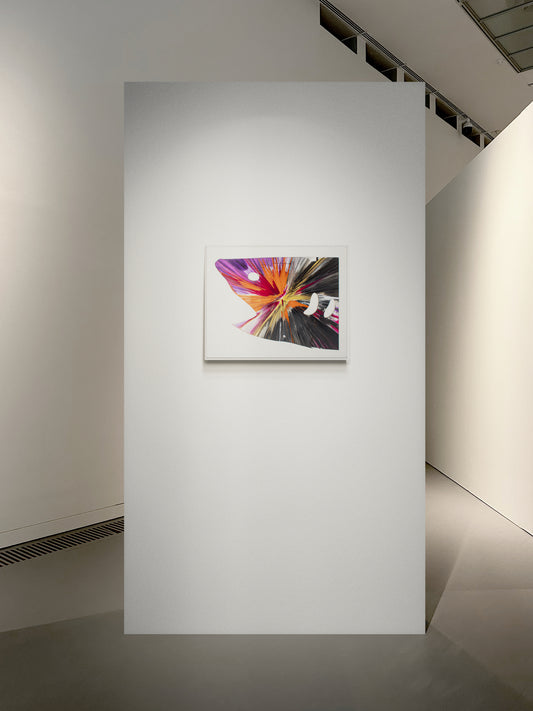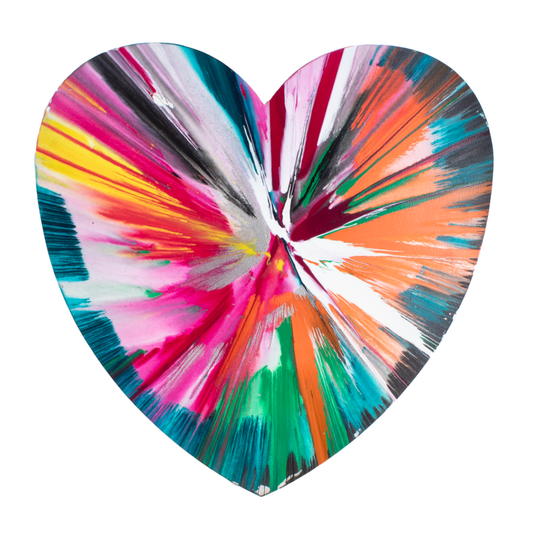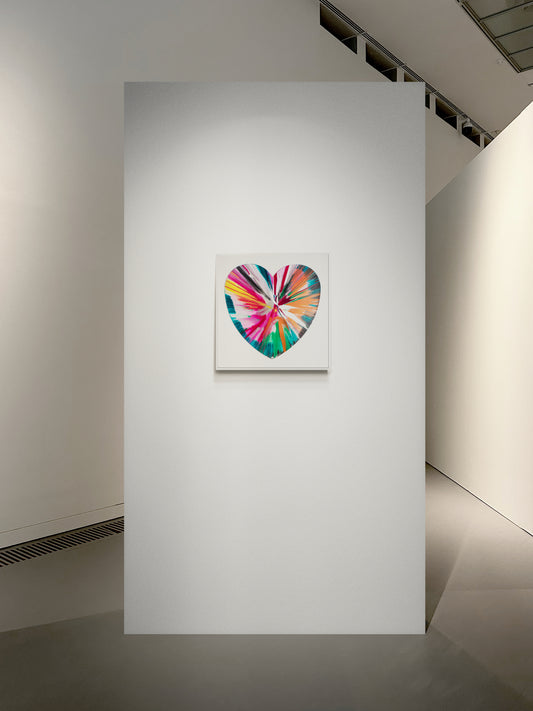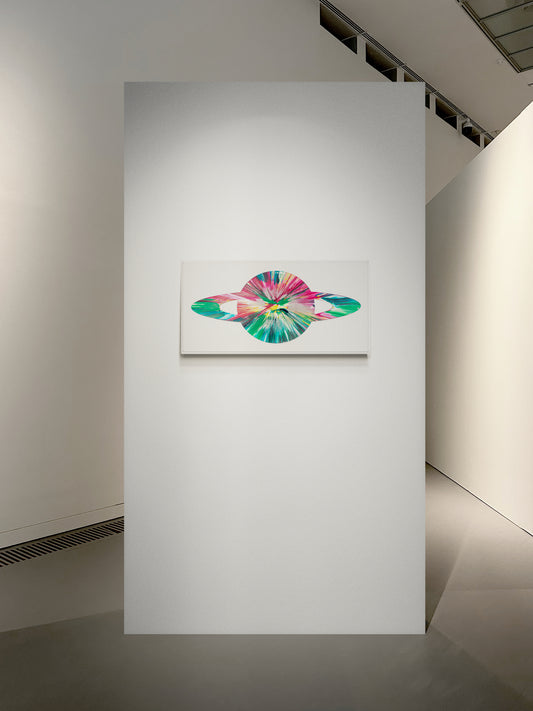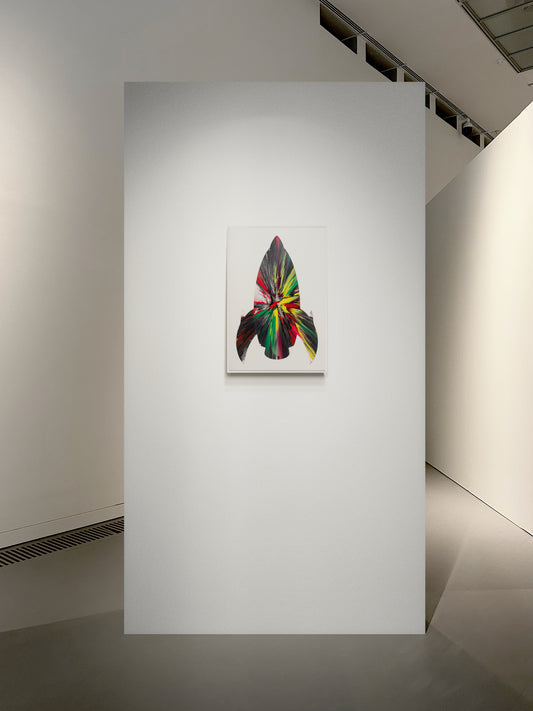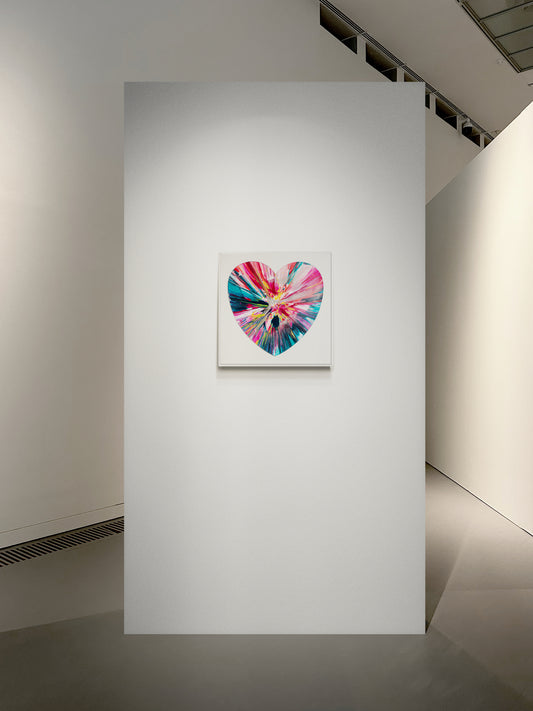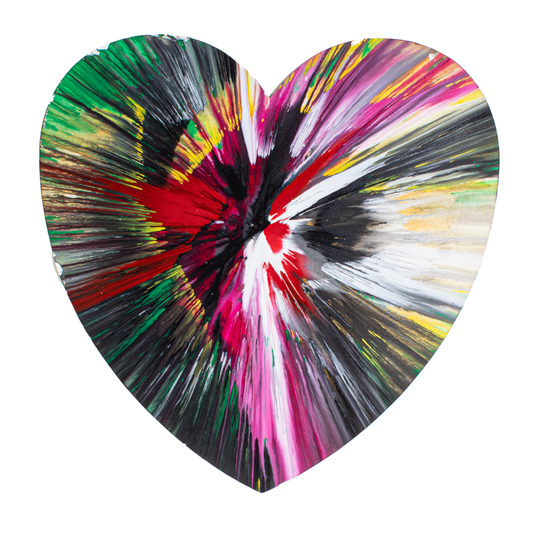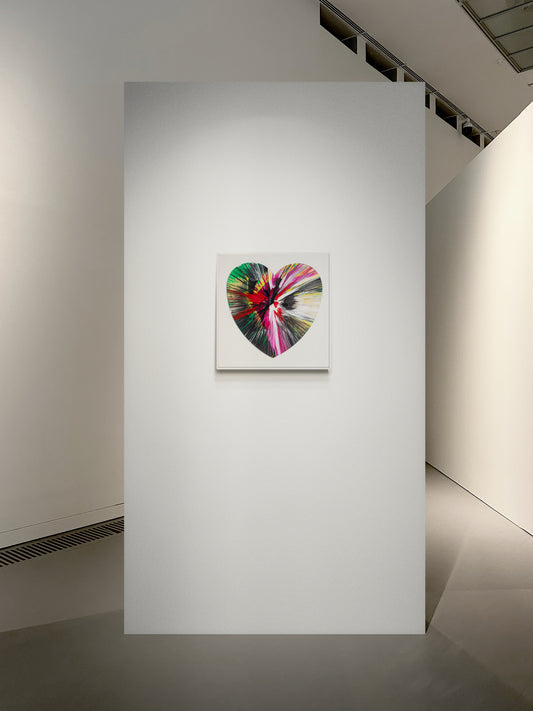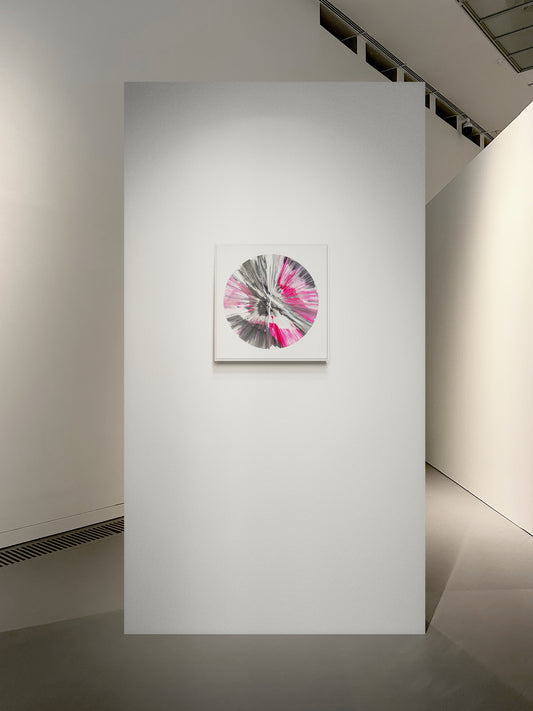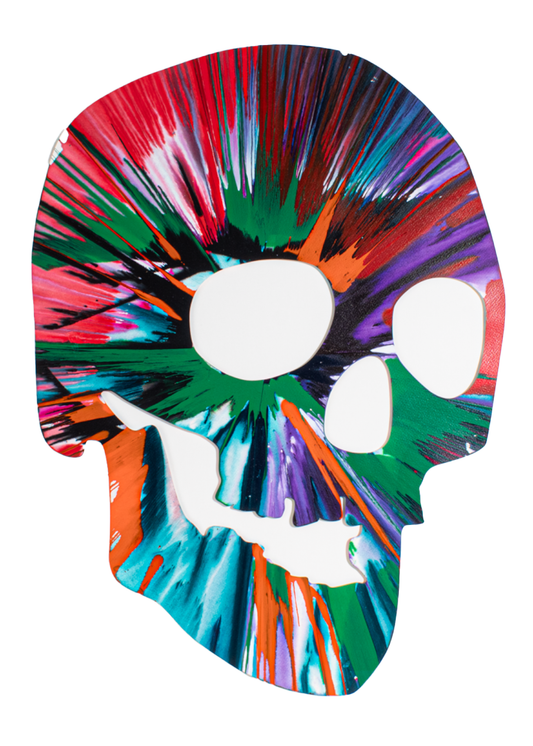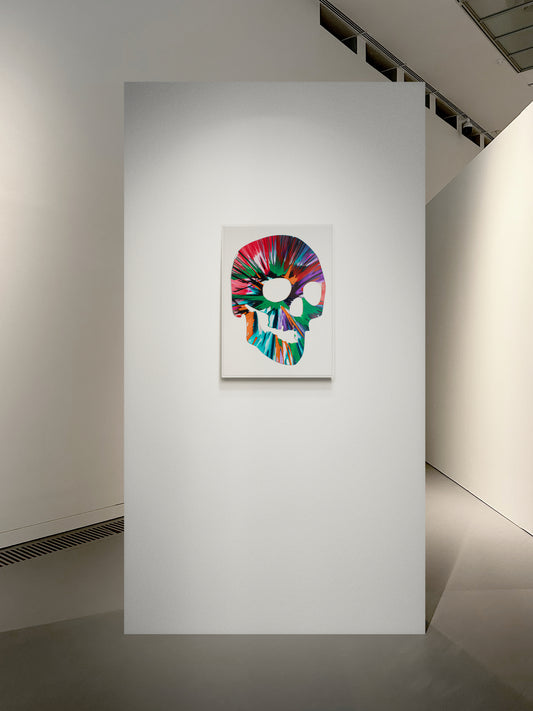
1965, UK (Photography: Anton Corbijn)
Damien Hirst
Damien Hirst, one of the most prominent representatives of modern art, has made a name for himself through his challenging and often polarizing works. His artistic practice, which ranges from dissecting animals in formaldehyde to abstract paintings, explores key themes such as mortality and the nature of human existence. Hirst's unique perspective and commitment to constantly redefining the conventional boundaries of art have earned him worldwide recognition and controversy.
Collapsible content
curriculum vitae and events
1965 - 1983
Damien Hirst was born in Bristol in 1965 and spent his early youth in Leeds before turning to art.
1984 - 1986
Hirst studies at Goldsmiths College in London. This time is characterized by his intensive engagement with contemporary art.
1988
Hirst organizes the groundbreaking exhibition "Freeze" in London, which is considered to be the birth of the Young British Artists (YBAs) and brings him his first recognition.
1989 - 1990
Further developing his artistic style, Hirst begins work on his iconic formaldehyde-preserved animals.
1991
Creation of the famous work "The Physical Impossibility of Death in the Mind of Someone Living", a tiger shark in a formaldehyde tank.
1992 - 1994
Hirst continues his work with formaldehyde-preserved animals and experiments with new media and materials.
1995
Receives the Turner Prize, one of the highest honors for British artists, further cementing his position in the art world.
1996 - 1999
Hirst is expanding his repertoire and working on various projects including installations and paintings.
2000 - 2009
Opening of the exhibition "For the Love of God", a human skull encrusted with diamonds that attracts worldwide attention. Continued active participation in numerous exhibitions worldwide.
2010 - 2019
Hirst continues his artistic development with various international exhibitions and projects.
2020 - Present
Damien Hirst remains a central figure in the contemporary art scene, known for his constant reinvention and contribution to the discussion about art and culture.
Artworks
-
Damien Hirst - Circle III (52 x 52 cm)
Regular price CHF 0.01Regular priceUnit price per -
Damien Hirst - Circle I (52 x 52 cm)
Regular price CHF 0.01Regular priceUnit price per -
Damien Hirst - Shark (48 x 66 cm)
Regular price CHF 0.01Regular priceUnit price per -
Damien Hirst - Heart III (52 x 52 cm)
Regular price CHF 0.01Regular priceUnit price per -
Damien Hirst - Planet (40 x 87 cm)
Regular price CHF 0.01Regular priceUnit price per -
Damien Hirst - Rocket Spin Painting (70 x 45 cm)
Regular price CHF 0.01Regular priceUnit price per -
Damien Hirst - Heart I (52 x 52 cm)
Regular price CHF 0.01Regular priceUnit price per -
Damien Hirst - Heart II (52 x 52 cm)
Regular price CHF 0.01Regular priceUnit price per -
Damien Hirst - Circle II (52 x 52 cm)
Regular price CHF 0.01Regular priceUnit price per -
Damien Hirst - Skull Spin Painting (71 x 51 cm)
Regular price CHF 0.01Regular priceUnit price per


